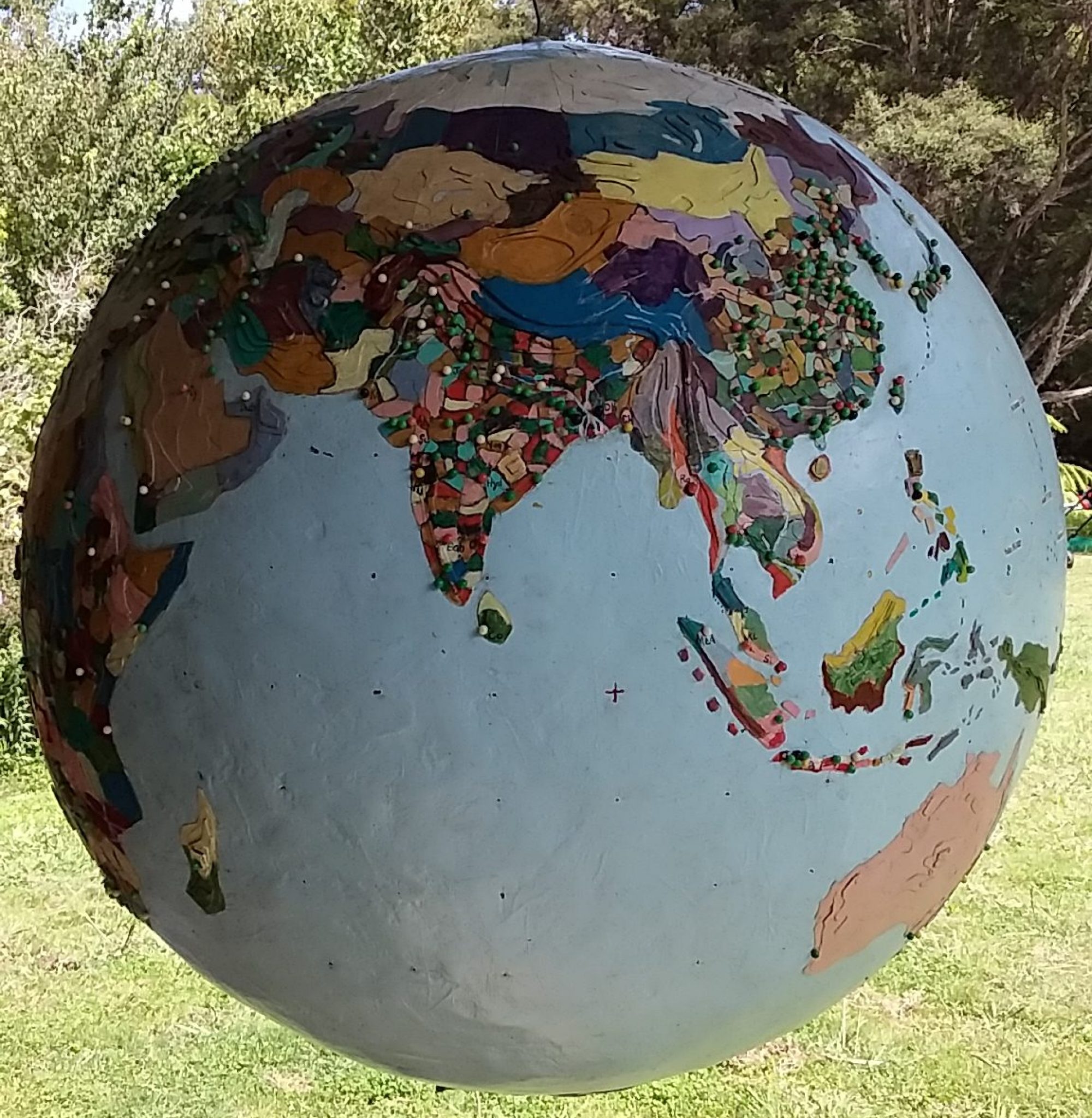Readers of this blog will know that I occasionally use the lens of the “millisphere” to examine the context of an international news story, a millisphere being a region with roughly 1000th of the world population.
An invaluable resource when writing a millisphere column is Wikipedia. The internet encyclopedia is the result of millions of contributions, subject to continuing editing by its online readers.
Up until now, spin and deliberate disinformation has been quickly edited out and corrected. As Wikipedia says: “With enough eyes all swamps are shallow”.
In recognition of the democratising power of reliable sources of information, I make an annual contribution to Wikipedia and I am watching with interest their recently signalled move into journalism with their venture, Wikitribune.
A small percentage of what passes for news these days actually includes primary research, whether it be an eyewitness account, an interview or digging up facts and figures that illustrate a news story.
The majority of news stories appear to be passed from one agency to another unaltered. This was highlighted for me when I did an internet search about the MOAB (mother of all bombs) that the United States dropped in Afghanistan on April 13, 2017.
Almost every international news agency carried the story word for word, based on an initial press release from the US Defense Department.
It was refreshing then to come across some left-field primary research by Murray Horton from Anti-Bases Campaign (ABC) on the “militarisation” of Christchurch Airport.
Murray had asked the New Zealand Ministry of Foreign Affairs and Trade about the movements of US military aircraft passing through Christchurch NZ in the 2015-16 year.
Of the 26 flights – nearly all C-130s – five didn’t fly to and from Antartica. Their destinations included American Samoa, Hawaii and the Richmond RAAF base near Sydney – en route to the American spy base in Pine Gap, Alice Springs.
Horton’s point was that because a MOAB was too heavy for a conventional bomber, and is transported by C-130s, there is no way the New Zealand government would know whether or not the MOAB passed through Christchurch on some circuitous route to attack Afghanistan. Personally I think the MOAD is most likely to have gone through Guam.
This week the American war machine is steaming towards the Korean peninsula.
The underlying philosophy of the millisphere is the notion that wars are primarily caused by competing empires.
The history of the conflict between North and South Korea goes back to World War II; at the end of the war, Japan, which had occupied the entire Korean peninsula since 1910, surrendered the north to the Soviet Union and the south to the Americans.
When North Korea attempted to occupy South Korea by force in 1950, the Soviets and the People’s republic of China supported the North and America and her allies supported the South, and we had the world’s first Cold War conflict.
After three years and over one million casualties, the two sides fought themselves to a standstill and a truce was called – although technically the two sides are still at war.
In recent times, the South Koreans have taken more responsibility for their own defense from their ally, America, and have initiated a peaceful dialogue with North Korea, but the North continues its warlike posturing towards South Korea and America, initiating the occasional skirmish.
One such “skirmish” was the reputed hacking of Sony’s Hollywood computers in retaliation for the movie The Interview – something the North Koreans have consistently denied.
Some say that the North Koreans didn’t have the technical ability and that it could have equally been the Russians or even a disgruntled former Sony employee.
Either way Sony got lots of publicity for what was a pretty ho-hum movie, which subsequently did better at the box office when it was finally released.
In this age of “false news”, the declining number of investigative journalists employed by the traditional print media, social-media echo-chambers and the endless propaganda from warring empires, it is hard to know what is real news and what is manufactured.
What the world doesn’t need though, is a unified Korean empire. Instead what the Korean peninsula needs is ten separate millispheres.
